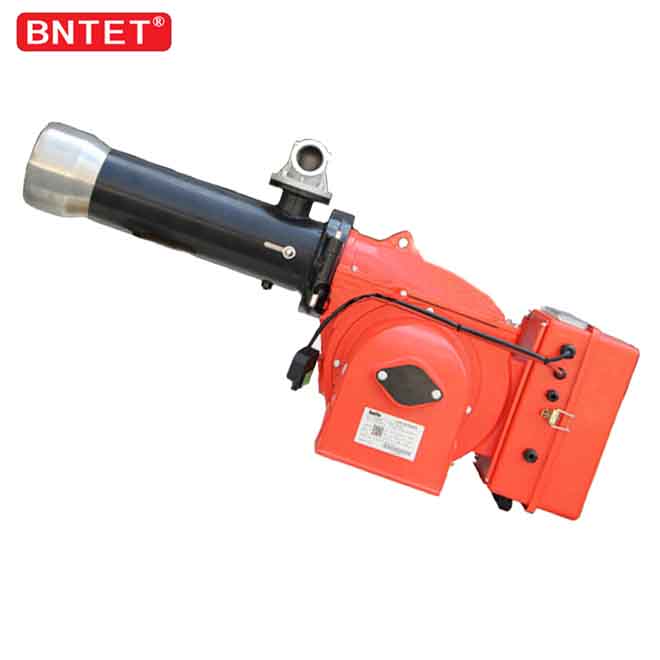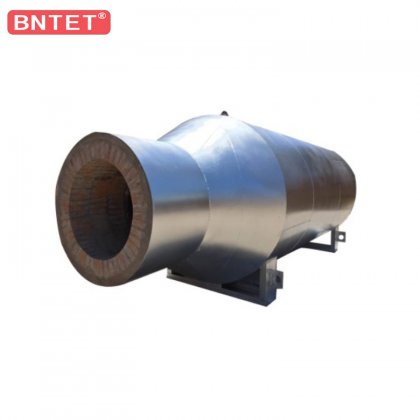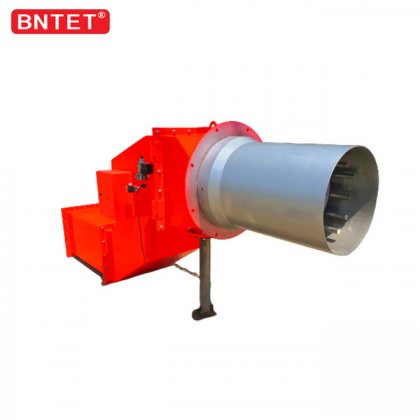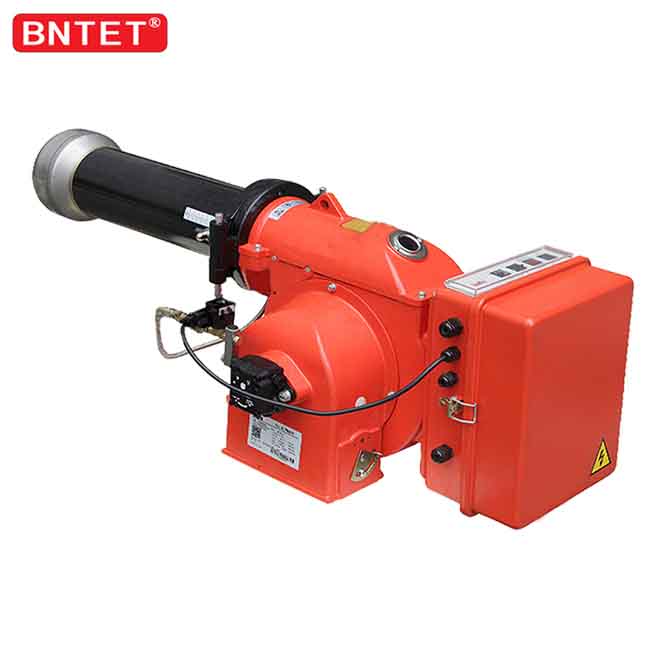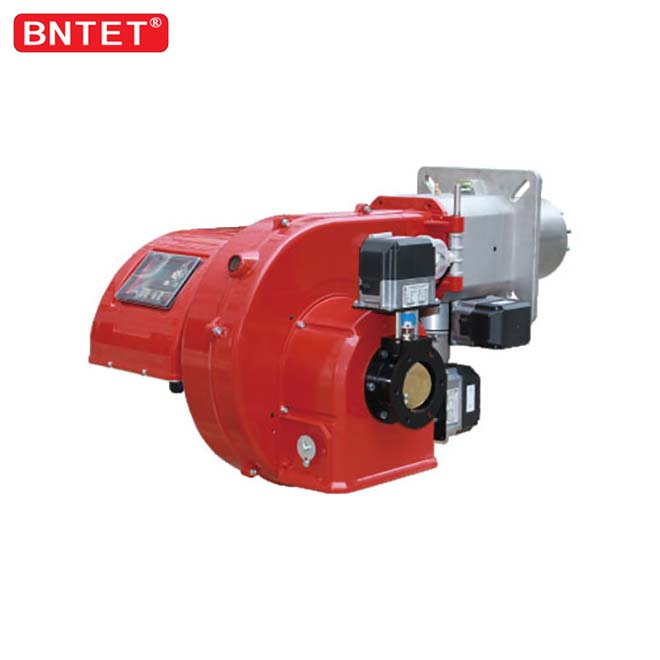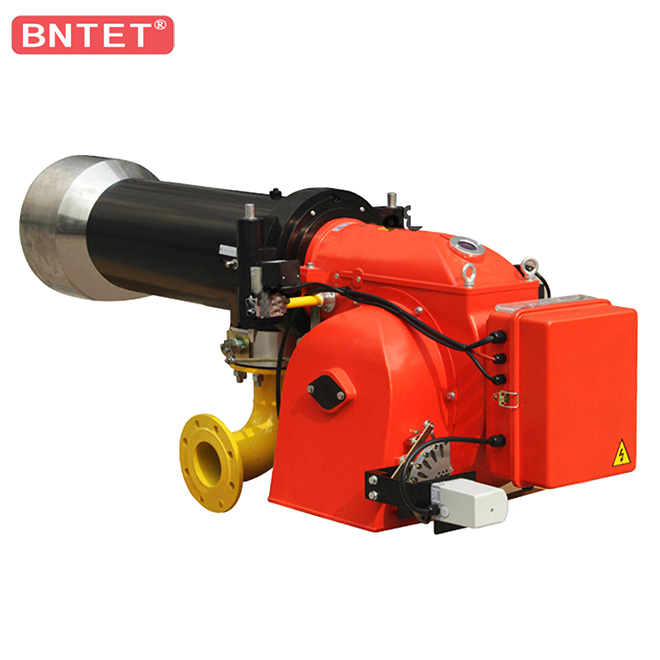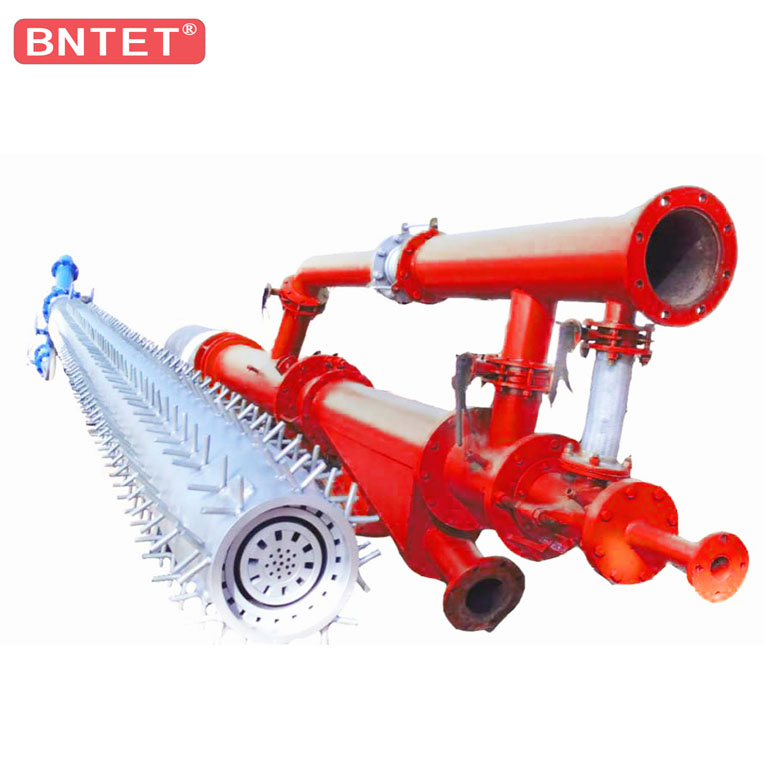Classification and construction of industrial light oil heavy oil burners
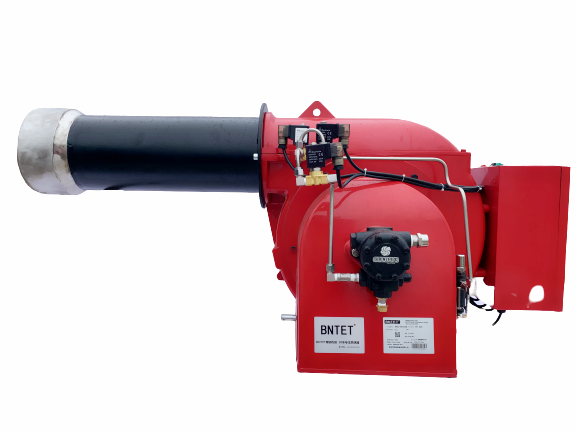
Oil fuel burners are commonly used combustion systems in industrial boilers, dryer equipment, incinerators and various kilns. The following mainly explains some of the main features of oil burners:

Oil fuel burners are commonly used combustion systems in industrial boilers, dryer equipment, incinerators and various kilns. The following mainly explains some of the main features of oil burners:
1. Classification of oil burners
The burner is a device that combines the fuel delivery and atomization installation and the air adjustment installation through a circuit. The combination is called the integral burner. In addition to ensuring a better supply of boiler fuel and complete combustion, it also has automatic control, alarm and maintenance installation. There is also a split to remove the foundation, that is, the oil system and the wind system are separated, so the circuit system is also separated. According to different fuels, burners are divided into light oil (kerosene, diesel), heavy oil (residual oil) and oil and gas dual-purpose burners.
According to the number of burner nozzles and the different conditioning methods, the burner is divided into one-stage (single stage), two-stage (two-stage), three-stage (three-stage) and proportional type. The first stage has one injector, and the second stage There are two fuel injection nozzles and three fuel injection nozzles in the third stage. The proportional type is that the load of the burner is continuously adjusted and changed with the output of the boiler, and the other is to adjust the output of the boiler according to the change of the number of nozzles.
2. The structure of the oil burner
In order to make the fuel oil burn well, it is necessary to improve the atomization quality of the oil, so that the oil mist and the air are fully mixed, which is mainly accomplished by means of the burner. Burner is the key equipment of oil-fired boiler. It consists of fuel injection part (atomizer), air regulator part, ignition and stable combustion installation, electrical system, motor and servo motor, etc.
The fuel injection part is composed of oil pump, oil pump regulating valve, filter screen, oil preheater, solenoid valve, fuel injection nozzle, oil return regulating valve, etc.; the air regulator part is composed of fan, air baffle, regulating sleeve, shell, etc. .
The ignition and stabilization installation consists of a transformer, ignition electrode, etc., and the stabilization installation consists of an air regulating plate and a combustion head.
The electrical system is composed of flame sensor, combustion program controller, fuel heating controller and so on.
The motor servo motor provides power for the phoenix engine, the oil pump, the air door conditioning, and the oil return conditioning.
3. Oil atomizing nozzle
(1) Mechanical atomization
The mechanical atomization nozzle applies a higher oil pressure to spray the oil at a high speed from the nozzle hole to complete the atomization. The commonly used mechanical atomizing nozzles are centrifugal nozzles.
A simple mechanical atomization nozzle is composed of an atomization sheet: a swirl chamber, an oil separator, and a nozzle nut. The fuel with a certain pressure and temperature enters the tangential groove through the oil inlet and the oil equalizing groove, and achieves high Speed, and then enter the swirl chamber. The oil produces fierce centrifugal rotation in the swirling chamber, forming groove-direction pulsation, and ejecting from the nozzle hole to form a hollow cone-shaped film. Because the oil diffuses through the nozzle hole under turbulent flow, and the centripetal force acts, it constitutes the surface tension and is crushed into many fine oil particles to achieve the purpose of atomization.
(2) Rotor atomization
Its working principle is that the fuel oil is sent to the high-speed rotating cup-shaped installation of 3000~5000r/min through the hollow shaft. The mouth flew out, and was atomized into very fine oil particles. At the same time, the fan blades installed on the same shaft blow the primary wind along the mouth of the rotor through the guide piece, and the rotation direction of the primary wind is opposite to the direction of the oil droplets, so that the oil droplets are further atomized.
